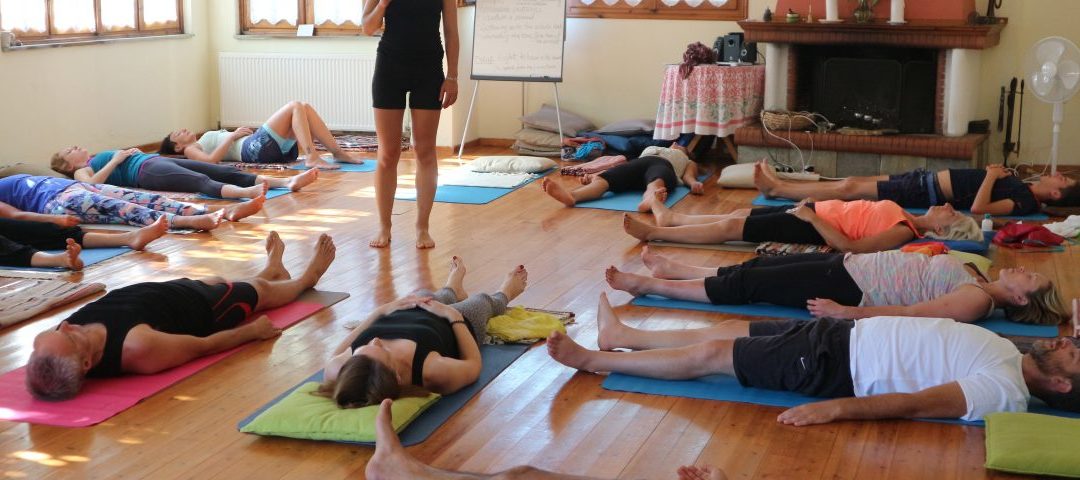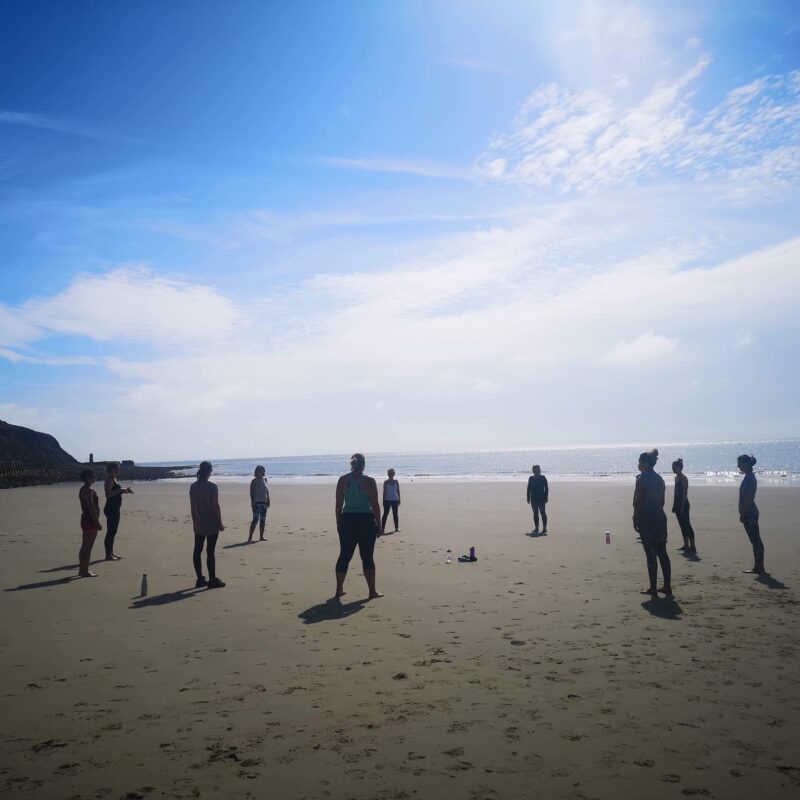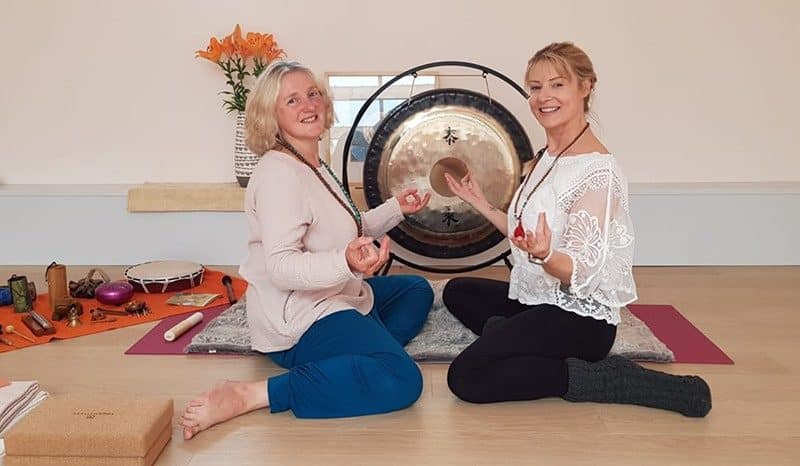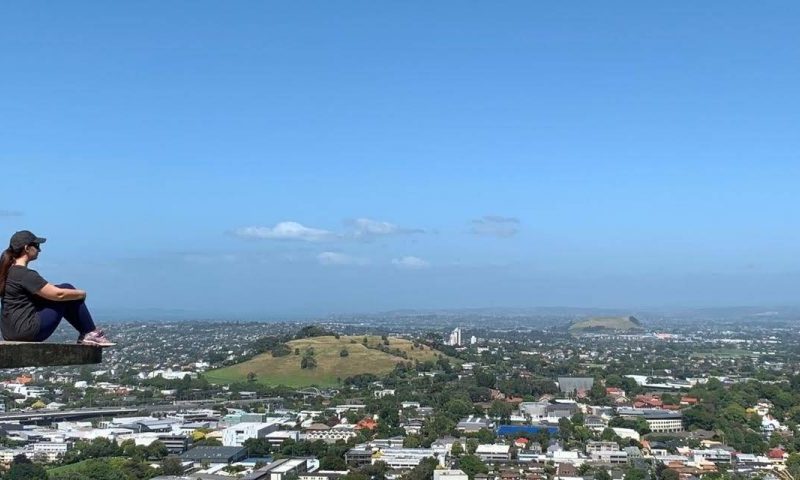The Practice of Yoga
“Your body is not a machine, rather a wonderfully intricate interaction with everything around you, which is why it “knows” so much just in being” ~ G. Gendlin
The meaning of Yoga
There are many possible ways of understanding the meaning of yoga. Although Yoga has its roots in Indian thought, its content is universal. Where we begin depends on where we are at the time of our lives. We can begin with the practice of yoga from any starting point and gradually integrate all aspects of ourselves including our relationships with others, our behaviour, our health, our breathing and our meditation path.
It is through our body that we exist and through our body that we sense ourselves and the world around us. Our body is our primary connection to what it means to be alive. Through our body we experience what expansion and growth are and through this same body, we experience decay and finiteness. It is through our lived body and our emotions that we experience what is important to us. We experience connection with other people primarily through our body. When we overestimate ourselves and don’t recognize our limits, our body will let us know. It is through our body that we notice if a situation makes sense to us or not. Through our body, we can sense that we are alive. In yoga we put the embodied ‘here and now’ experience at the heart of the practice and below are a few ways that describe how we do it.
Yoga is a Sanskrit word coming from the root “yuj”, which means to “unite” or “join” the aspects of ourselves which were never really divided in the first place but they appear to. It also means to “yoke” or to engage ourselves in a self-training program, systematic process, in which we work with the grosser, or more external aspects of our being, and then move inward, into more subtle practices, which gently brings us to meditation. The postures, relaxation methods, breathing practices and meditation vary, depending on our level of experience. Practicing yoga on a daily basis, naturally, brings us a feeling that yoga is also our direct present participation in the nurturing force that is already given.
The freedom you are longing for will never arise out of replacing one experience with another, but only from embodied, intimate participation in the unfolding now ~ Matt Licata
The whole Practice of Yoga
Preparation: May your practice today bring you balance. Centre your mind and feel your breath
We begin with grounding and by sensing the state of our body, breath and mind. gently acknowledging where and how we are …without trying to change it, simply acknowledging it. We let our attention wander through the senses, body sensations, breath and thoughts that are present. Just to realign ourselves with the present moment and consider what would bring balance in our practice today.
Asana: May your base, heart and head be aligned…. Listen to your body..
During the session we go through variety of standing and sitting positions, forward and backward bends, twists and inversions. Each of which has not only a strong physical effect on the body, bringing flexibility, alignment and releasing the unnecessary tensions but also psychological effects. Each movement unfolds some aspects of our consciousness and deepens our inner awareness.
This for many of us is a beautiful and one of the most direct ways of meeting ourselves. In each movement, each position we are experiencing our boundaries. We meet the limits of our bodies or the resistance of our minds. This point, this “edge”, is a highly important place; it is a creative teacher from who we can learn about ourselves. If we approach this resistance gently, sensitivity and consciously our body responds by opening, allowing us a greater range of motion and freedom.
If we shy away from approaching our limits, we may miss our occasion to learn and in time our own dogma/tightness will contract upon itself and we may grow even tighter. If we try to push ourselves past where we are honestly able to go, we only impress ourselves with a temporary surge of ambition and this feeling could contract upon itself with subsequent tightening leading us to potentially dangerous misunderstandings. Perfection is not a goal. The goal of the asana is to live in your body and learn to perceive clearly through it.
“Asana must have dual qualities of alertness and relaxation. There must be alertness without tension and relaxation without dullness or heaviness. These qualities come by recognising and observing the reactions of the body and breath in various positions “– Krishnamacharya
Savasana: May your body be still and comfortable. Survey your body and relax…
In relaxation, first we let go of effort of our practice, already past. Then we let go of physical tension which is nothing more than the accumulation of beliefs and attitudes that are being repeated unconsciously day after day. These habitual thought patterns cause tension held in the tissues of the body.
As we consciously let go of the attachment to our image, our responsibilities, our problems, opinions, likes, dislikes (through practice of Pratyahara) the layers of tensions melt away and we allow ourself to rest completely. Many sensations and thought patterns will naturally arise and pass as your mind settles into silents. Be alert, listen and welcome all that is. Let go and trust the process…
Pranayama: May your breath be smooth, slow and serene. Enjoy your breath…
There comes a time when we move our attention towards the breath itself. Mindfully observing the way our body is breathing itself, observing how the breath affects our body and mind and how the body and mind affect the breathing. When the mind is busy, the body is tense and the breath normally becomes short, irregular and shallow. When the mind is quiet, the body is relaxed, the breath becomes easier, rhythmic and naturally deepens.
According to Hatha Yoga Pradipika, observing rhythm of the breath brings a restless mind to stillness. Breathing practice is smoothing to the nervous system and helpful for focusing attention. Much like Asanas, breathing practice helps free up tensions that are stored in the body, especially around the area of the pelvis, abdomen and diaphragm.
As we reconnect with the breath through effortless observation and increased awareness, a door to the unexpected is opened. There are infinite discoveries and benefits to be experienced: a feeling of lightness, renewal of energy, a grater calmness and clarity of the mind. We realize that not only are we breathing this life, it is also breathing us. As you settle deeper into your observing nature you are invited to explore and deepen your breath through pranayamas (breathing inquiries).
Meditation: May the flow of thoughts in your mind not disturb you…enjoy simple being
While sitting on the bolster, chair, lying down, or in your daily life, you are invited to step back into the aspect of yourself that is the witness or the observer of all your experiences that are present. From this state of observation, you welcome sensations in the physical body, the breath, feelings, emotions, images, memories…and anything else that is present.
Simply realizing that you are, uncovers the sense of being that underlies the streams of our thoughts, emotions and life stories. We experience self as a background “field” in which every foreground experience is arising, unfolding and dissolving. As we experience self as a witnessing presence we allow this experience to unfold in silent meditation and back in our daily life.
Internally aligning and surrendering to form that this moment takes becomes a doorway to peace with what is emerging at each and every moment and circumstance of our life. The aim of meditation is to understand what we did not formerly understand, to see what we have not previously seen, and to be where we have never been before. It is a discovery.
To summarise, there are many ways of deepening our embodiment in life, many practices, perspectives, ways. Yoga is one of them with its extensive spectrum of practices of which asanas, pranayama and meditation are part of.
Students of yoga have different inclinations towards those different Yoga practices, asana, breathing practices, and meditation. Some may like to spend a long time with the body, while others prefer breathing exercises, and still, others seek the stillness of meditation. Each of these stages works together, one leading into the next. There is no perfect, one-size-fits-all formula. It is best to spend the amount of time with each stage that is just right for you.
“Your physically-felt body is, in fact, part of a gigantic system of here and other places, now and other times, you and other people, in fact the whole universe. This sense of being bodily alive in a vast system is the body as it is felt from inside”
(Focusing, G. Gendlin)



